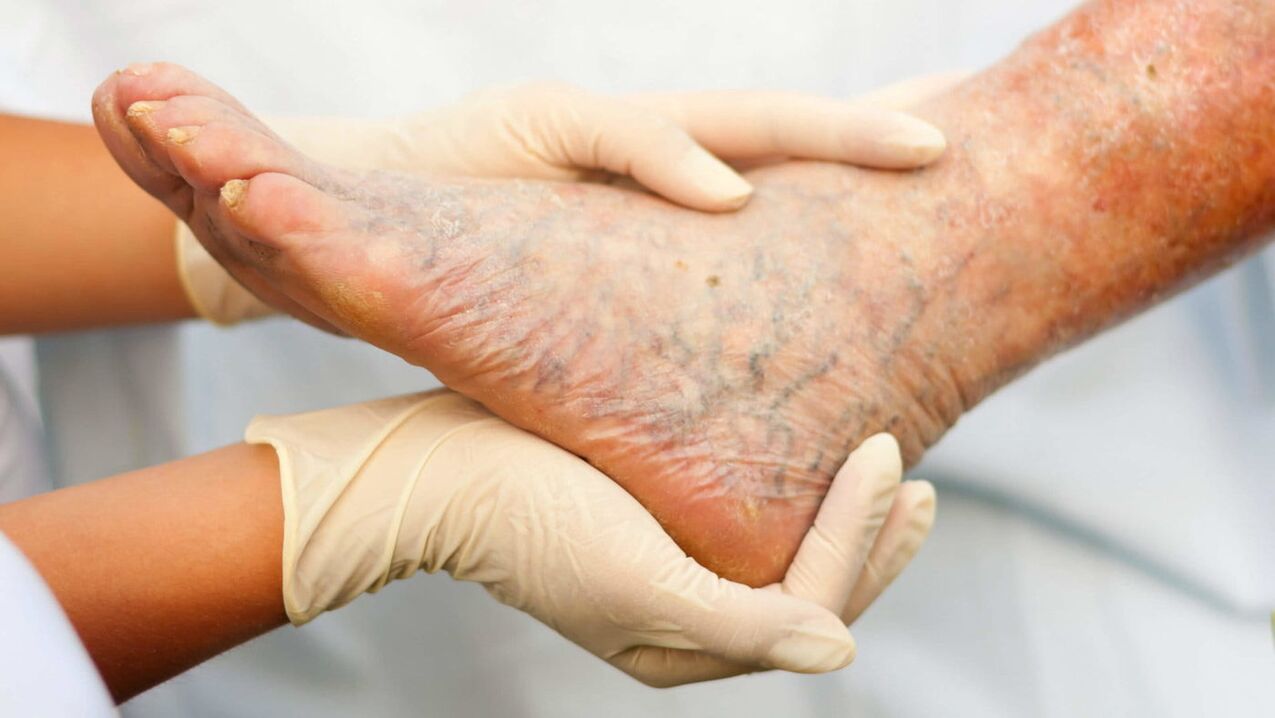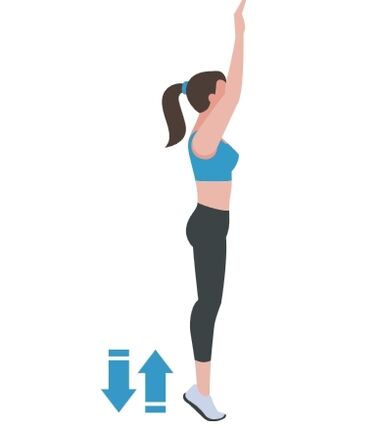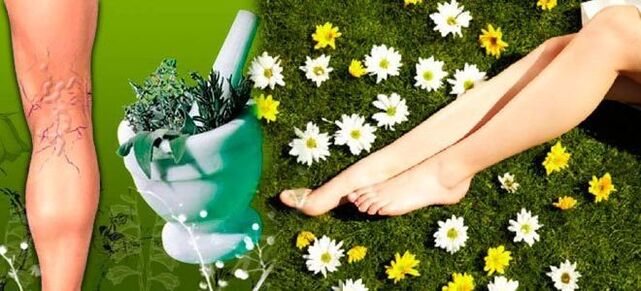varicose veins respflebeurism- it is a systemic abnormality of the veins that involves dilation, elongation, bending and the formation of nodules, resulting in disturbed work of the venous valves and blood flow.

Changes in blood flow almost always lead to changes in the body. The movement of blood in the veins depends not only on the condition of the vessel wall, but also on the condition of the venous valve, whose work creates the movement of blood, regulates the direction and strength of flow.In healthy veins, there is a certain balance between vein thickness, vein tone, and valve activity.. If one of these elements changes, the load on the other elements increases. For example,if the valve fails, the blood flow will slow down, a greater amount of fluid begins to accumulate in the veins, which increases the load on the walls, which then lose their elasticity and stretch. All of these changes can lead to stagnation of blood in the lower extremities, which can lead to inflammation, pain, and swelling due to tissue malnutrition.
Symptoms of varicose veins
Pain is one of the earliest symptoms that can occur at any age and needs to be treated.
- In stage 1:discomfort at the end of the work day, tingling and burning sensation in the legs. This indicates an increased load on the venous system of the legs.
- In sections 2 and 3:appearance of tensile pain and cramps in the calf muscles.
- In 4 stages:Severe pains that are limp, tense and arched.

Edemathey are also among the symptoms of this disease and may appear in the first stage. UsuallyEdema of varying severity in different legs, as absolutely identical infringements are rare. Varicose veins in the legs should be distinguished from edema in heart failure.
Itchy- one of the most common symptoms after pain. It can also appear in the first stage, but is most commonly seen in stages 2 and 3 of the disease.
Why do my feet itch because of varicose veins?
itassociated with vasodilation and nervous system response in tissues. Due to the dilation of the vein, it presses on the surrounding blood vessels, capillaries, which can damage them, and the nerve endings transmit these feelings as itching, or the effect on the nerves will be direct.
It is worth noting thatitching will be internaland most often does not bring relief when trying to influence him by external means.
What does varicose veins look like on the legs?

You need to know the answer to this question and have some ideas about the disease so as not to panic ahead of time and not start treating the non-existent disease.
In addition to physical discomfort, the disease also manifests itself in external signs:
- Delicate blue mesh on the legsit is not a cause for panic, as it symbolizes the defeat of superficial blood vessels, but as its area grows, becomes clearer, or begins to protrude, it is a direct way to meet a professional and review a lifestyle.
- Bruising and bruisingmay indicate vascular damage and bleeding under the skin due to a sharp load on the veins. Usually, this symptom indicates the progression of the disease.
- Appearance of red spots on the legs, exfoliation and thinning of the skin speak of atrophic processes characteristic of the final stage of the disease.
Prevention and treatment of varicose veins

Main measures and procedures for the prevention and treatment of varicose veins:
- Recommendedto move activelyevery day. Walking, yoga and running will be very useful sports for the health of the veins in the lower extremities.
- Prolonged standing increases stress in the muscles and veins.
- Avoid crossed legs, compresses the veins and impairs blood circulation.
- Do not get too hot from hot bathsand saunas, prolonged exposure to high temperatures affects the tone of the vessel wall.
- Do not wear tight pants, prefer loose clothing and comfortable underwear.
- Bad habits, and especially smoking - negatively affect the tone of the vessel wall.
- Light foot massagea good way to prevent.
- Constantspecialist visitit is also necessary with an existing problem.
Prevention of varicose veins in the legs in women
- Pay attention to the stockings in the wardrobe. Expendituresavoid socks and stockings with too tight a rubber bandto pull his leg.
- The choice of shoes should also be taken seriously:high heels should not be worn daily, also be sure to choose shoes with straps and ropes, especially at the ankles.
Treatment of varicose veins
There must be treatmentunder the supervision of a phlebologist. After laboratory and instrumental diagnostics, the specialist will determine the extent of the disease and prescribe treatment.
There are several treatments: drug therapy, surgery, gym therapy.

Medical therapy includes:
- Anticoagulants for blood thinning;
- Platelet aggregation inhibitors (prevention of thrombus formation and improvement of tissue nutrition);
- Venotonia;
- Non-steroidal anti-inflammatory drugs for the treatment of severe pain and inflammation.
Surgery includes:
- Laser coagulation method: eliminates surface defects in the form of surface grids and stars;
- Sclerotherapy: "sticking a vein" by introducing and removing special substances from the bloodstream;
- Phlebectomy: surgical removal of a vein.
Exercises for varicose veins on the legs

Uniform physical activity and exercise will help you cope with varicose veins.
- Standing position, legs shoulder width apart, hands along body.We're on our toes, hold this position for 2 seconds and descend sharply to the corner.
- Standing, hands resting on the wall or on the back of the chair, roll from heel to toe for 2 minutes and vice versa.
- It would be a useful exercisewalking locally, the socks do not come off the floor. Also usefulwalk on toes or heels.
- Lying position, lift your legs and performmovement "bike".
- Seating position: alternatelybend and bend your legsand then feet.
Folk remedy for the treatment of varicose veins in the legs
Treatment with herbal ingredientsmany doctors prescribe it in combination with the main drug or gym therapy. They are also welcomed in the first stage of the disease, when the course of the disease has not yet begun.

Which foods are best for the health of your veins?
- Nutmeg. It is also welcomed as a dietary supplement, decoction and tincture.
- Citron: tinctures, lemonades, oils.
- Ginger: very useful in combination with lemon, also a decoction, tincture, compress.
- Compresseswith white cabbage, oils, honey relieves symptoms in more painful areas.
- If oneswollen feet due to varicose veins: aloe, burdock compress helps relieve swelling. Combined with this, they give a good effect.decoctions of blueberries, wild roses, cumin, thyme, oregano.
Folk remedies for varicose veins of the legs contribute to rapid healing and do not cause complications that can lead to medication.
The key to treatment is to understand that in advanced cases, folk remedies do not work well, soyou should consult a professionaland do not choose the treatment yourself.
If this disease is in an elderly person, you will need help to carry out the practical therapy properly (which is an integral part of the therapy) as the practices may be different in the elderly.
Similarly, it must be selected correctly and in a timely mannerdrug therapyto avoid further complications in the body. For example,improper treatment can result in superficial and deep vein thrombosis, which can lead to severe inflammation and even necrotic processes, and long - lasting trophic ulcers.
To prevent dangerous complications, seek professional advice and assistance, especially if you are unable to control the treatment on your own, and follow all necessary recommendations.












































